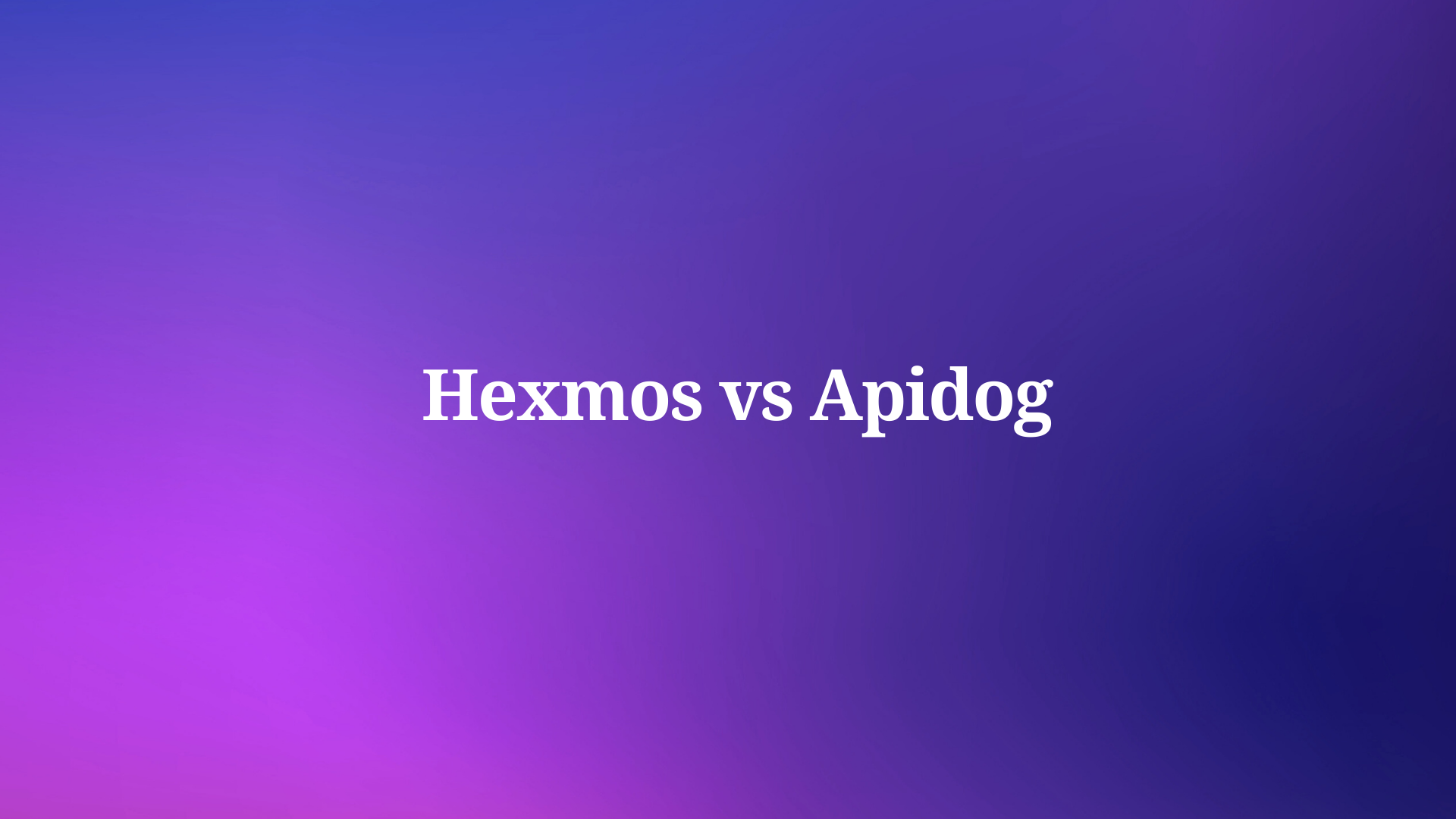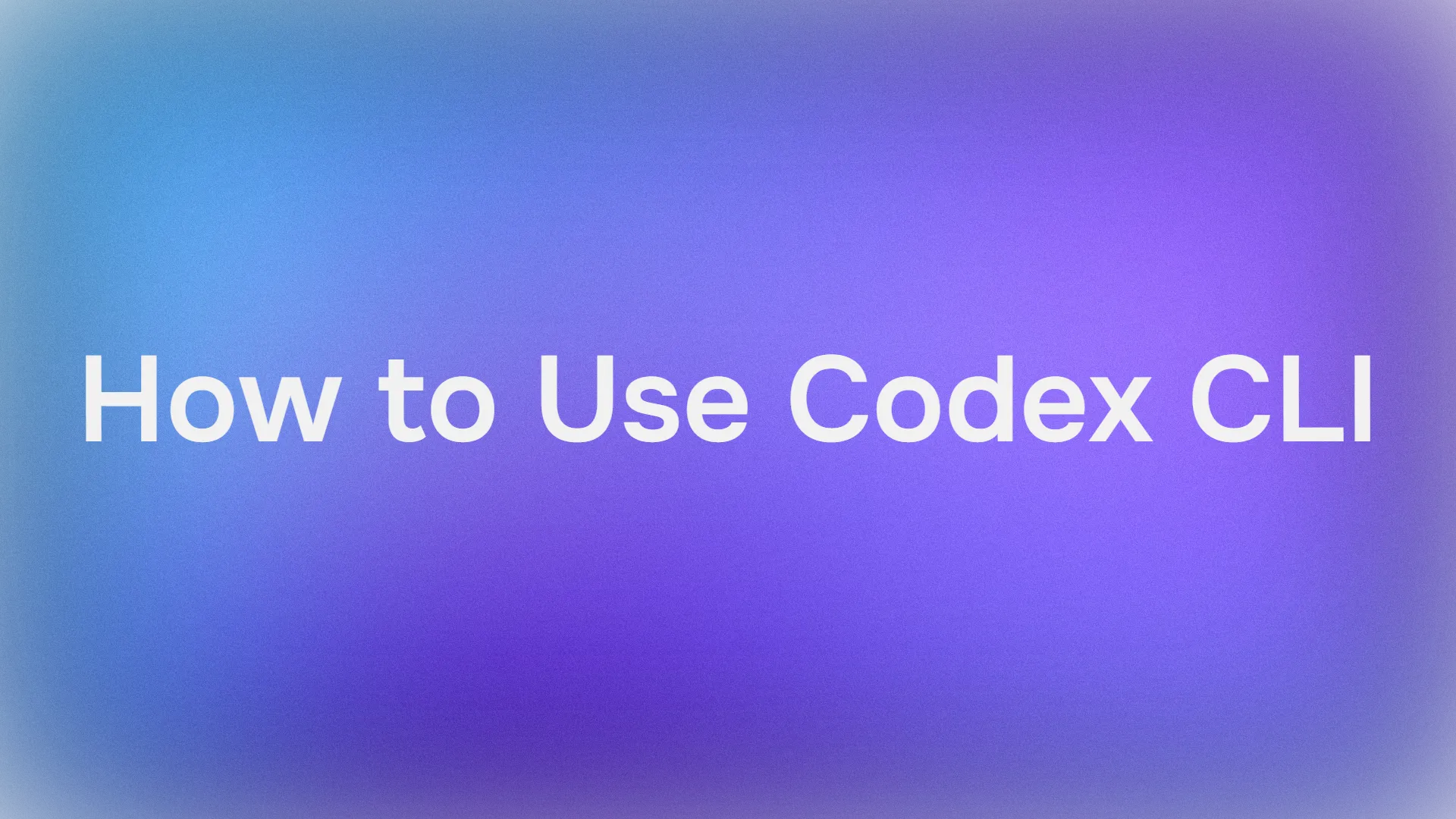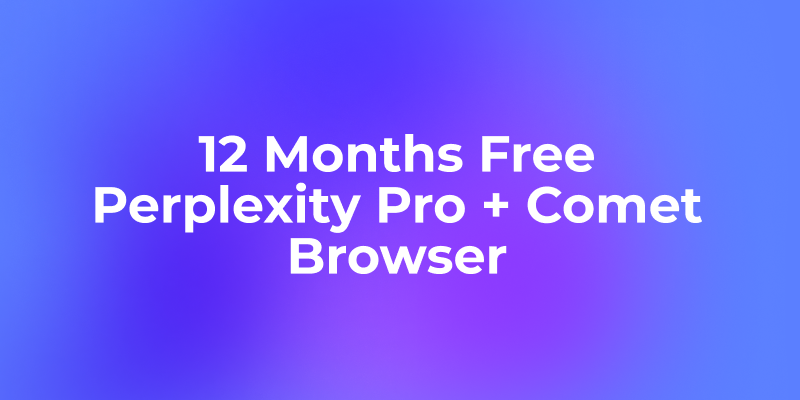Google consistently sets the pace with groundbreaking innovations. The latest addition to its impressive lineup is Gemini 2.5 Flash, a model developed by Google DeepMind that promises to redefine the standards of speed, efficiency, and reasoning in AI systems. This technical exploration dives deep into the capabilities of Gemini 2.5 Flash, offering insights into its architecture, features, and real-world applications. Moreover, we’ll examine how developers can leverage tools like Apidog to integrate this cutting-edge model into their workflows seamlessly.
Now, let’s turn our focus to the technical marvel that is Gemini 2.5 Flash and uncover why it represents a significant leap forward in Google’s AI offerings.
Introduction to Gemini 2.5 Flash
Artificial intelligence thrives on innovation, and Google’s Gemini 2.5 Flash exemplifies this principle. As part of the Gemini family, this model emerges from the labs of Google DeepMind, a powerhouse in AI research. Unlike its predecessors, Gemini 2.5 Flash prioritizes speed and cost-efficiency without compromising on performance, making it a standout choice for developers and organizations alike. Its ability to process multimodal inputs—text, images, audio, and soon video—positions it as a versatile tool for tackling diverse challenges.

What truly sets Gemini 2.5 Flash apart, however, is its hybrid reasoning system. This system enables the model to engage in an internal “thinking” process before generating responses, enhancing its ability to handle complex prompts and deliver precise outputs. Developers gain further control through a customizable “thinking budget,” allowing them to adjust the balance between response quality and computational cost. As we explore this model further, it becomes clear that Gemini 2.5 Flash is not just an incremental update—it’s a transformative advancement in AI technology.
Transitioning from this overview, let’s delve into the key features and improvements that define Gemini 2.5 Flash and distinguish it from earlier models.
Key Features and Improvements of Gemini 2.5 Flash
Gemini 2.5 Flash introduces a suite of enhancements that elevate its performance and utility. These improvements reflect Google’s commitment to making advanced AI both accessible and practical. Let’s examine the standout features that make this model a game-changer.
First, the model boasts enhanced reasoning capabilities. Unlike traditional AI systems that produce instant outputs, Gemini 2.5 Flash pauses to reason internally before responding. This pre-reasoning phase allows it to dissect complex tasks, understand nuanced prompts, and construct logical answers. Consequently, it excels in scenarios requiring multi-step problem-solving, such as debugging code or answering intricate technical queries.
Next, speed and efficiency take center stage. Google designed Gemini 2.5 Flash to deliver high-quality results swiftly and at a lower cost than competing models. This efficiency stems from optimized architecture and resource management, enabling developers to scale AI applications without incurring prohibitive expenses. For resource-conscious projects, this feature proves invaluable.
Additionally, the hybrid reasoning system offers unprecedented flexibility. Developers can define a “thinking budget,” which dictates how much computational effort the model invests in reasoning. By adjusting this parameter, they tailor the model’s behavior to prioritize either speed or depth, depending on the task. This adaptability ensures Gemini 2.5 Flash meets diverse project demands effectively.

Moreover, the model’s multimodal understanding expands its scope. It processes text alongside images, audio, and potentially video, enabling richer interactions. For instance, it can analyze a technical diagram and accompanying text to provide a detailed explanation—an ability that opens doors to innovative applications.
Finally, an extended context window of up to 1 million tokens (with 2 million on the horizon) empowers Gemini 2.5 Flash to handle massive datasets. This capability eliminates the need for external retrieval systems in many cases, simplifying workflows and boosting performance. Together, these features position Gemini 2.5 Flash as a versatile and powerful tool.
With these advancements in mind, let’s shift our focus to the technical underpinnings that drive Gemini 2.5 Flash’s exceptional performance.
Technical Details Behind Gemini 2.5 Flash
Understanding the technical foundation of Gemini 2.5 Flash reveals why it outperforms its predecessors and competitors. Built on a transformer-based architecture—a staple in modern AI—Google enhances this framework with innovative modifications tailored for efficiency and capability.
At the heart of the model lies a proprietary Mixture-of-Experts (MoE) implementation. Traditional transformers activate the entire model for every input, consuming significant resources. In contrast, MoE selectively activates specialized subnetworks, or “experts,” based on the task. This approach reduces computational load while maintaining accuracy, contributing to the model’s speed and cost-effectiveness.
Furthermore, the pre-reasoning mechanism adds a layer of sophistication. Before generating an output, Gemini 2.5 Flash constructs internal reasoning chains, mimicking human problem-solving. This process allows it to tackle multi-step challenges with greater precision, such as solving mathematical equations or generating structured code. The result is a more thoughtful and reliable response.
Another key innovation is the controllable thinking budget. Developers set a token limit for the pre-reasoning phase, directly influencing the model’s resource allocation. A lower budget accelerates responses for time-sensitive tasks, while a higher budget enhances quality for complex queries. This granular control distinguishes Gemini 2.5 Flash in practical applications.
To support its extended context window, the model employs a hierarchical token representation. This technique compresses redundant data within large inputs, enabling efficient processing of up to 1 million tokens. For the forthcoming 2 million token version, dynamic token retrieval further optimizes performance, cutting overhead by approximately 40% compared to standard transformers. These advancements ensure scalability without sacrificing speed.
Collectively, these technical enhancements make Gemini 2.5 Flash a robust and adaptable AI model. Next, let’s explore how developers can apply these capabilities in real-world scenarios.

Use Cases and Applications of Gemini 2.5 Flash
The versatility of Gemini 2.5 Flash unlocks a wide array of applications, spanning industries and disciplines. Its technical prowess translates into practical solutions that address real-world needs. Let’s consider several scenarios where this model shines.
In software development, Gemini 2.5 Flash excels at code generation and analysis. Its reasoning capabilities enable it to write functional code, refactor existing scripts, and debug errors efficiently. For example, a developer inputs a buggy function, and the model not only identifies the issue but also suggests an optimized solution. With its vast context window, it analyzes entire codebases, offering insights that streamline development workflows.
Similarly, content creation benefits from the model’s multimodal strengths. Writers and marketers use Gemini 2.5 Flash to generate articles, product descriptions, or social media posts. By processing text and images together, it produces contextually rich content—for instance, crafting a detailed caption for a technical infographic. This dual-input processing saves time and enhances output quality.
Data analysis represents another compelling use case. Researchers upload large datasets or documents, and Gemini 2.5 Flash extracts patterns, generates summaries, or visualizes findings. Its ability to handle multimodal inputs, such as charts and text, makes it ideal for financial reporting or scientific research. The extended context window ensures it processes comprehensive data without truncation.
In education, the model powers interactive learning tools. It generates quizzes, explains complex topics, or simulates scenarios for students. A teacher might input a physics problem, and Gemini 2.5 Flash provides a step-by-step solution, complete with explanations. This application fosters deeper understanding and engagement in academic settings.
Customer support systems also leverage Gemini 2.5 Flash’s capabilities. Integrated into chatbots, it handles intricate queries with context-aware responses. For instance, a customer submits a photo of a faulty product, and the model analyzes the image and text to offer troubleshooting advice. This enhances service efficiency and user satisfaction.
These examples only scratch the surface. As developers experiment with Gemini 2.5 Flash, its potential continues to expand. Now, let’s examine how to integrate this model into projects using a tool like Apidog.
Integrating Gemini 2.5 Flash with Apidog
Apidog, an all-in-one API development platform, simplifies this task, enabling developers to connect with Gemini 2.5 Flash seamlessly. Let’s explore how Apidog enhances this integration.
Initially, Apidog facilitates API design. Developers define endpoints for interacting with Gemini 2.5 Flash, specifying request parameters and response formats. This structured approach ensures compatibility with the model’s requirements, such as multimodal inputs or thinking budget settings. A well-designed API lays the foundation for a robust integration.

Subsequently, testing becomes a breeze with Apidog. Developers send sample requests to the Gemini API, experimenting with prompts and configurations. For instance, they adjust the thinking budget to observe its impact on response time and quality. Apidog’s intuitive interface displays results clearly, allowing for rapid iteration and optimization.
Documentation follows naturally. Apidog generates detailed API documentation automatically, capturing endpoint details and usage examples. This resource proves essential for teams or external collaborators working with the Gemini 2.5 Flash integration. Clear documentation reduces onboarding time and minimizes errors.

Collaboration further enhances the process. Apidog supports team workflows, enabling multiple developers to contribute simultaneously. One team member designs the API while another tests it, ensuring efficient progress. This feature is particularly valuable for large-scale projects leveraging Gemini 2.5 Flash.

By incorporating Apidog, developers streamline their interaction with Gemini 2.5 Flash, from initial design to final deployment. This synergy maximizes the model’s potential in practical applications.
Conclusion
Gemini 2.5 Flash marks a pivotal moment in Google’s AI journey. Its blend of speed, efficiency, and advanced reasoning redefines what developers can achieve with AI. From code generation to customer support, its applications span industries, driven by technical innovations like the Mixture-of-Experts architecture and controllable thinking budget. As AI evolves, models like Gemini 2.5 Flash pave the way for smarter, more accessible solutions.
Tools like Apidog amplify this potential, offering a seamless bridge between Gemini 2.5 Flash and real-world projects. Developers who embrace these advancements position themselves at the forefront of technological progress. Explore Gemini 2.5 Flash, integrate it with Apidog, and unlock a world of possibilities.




